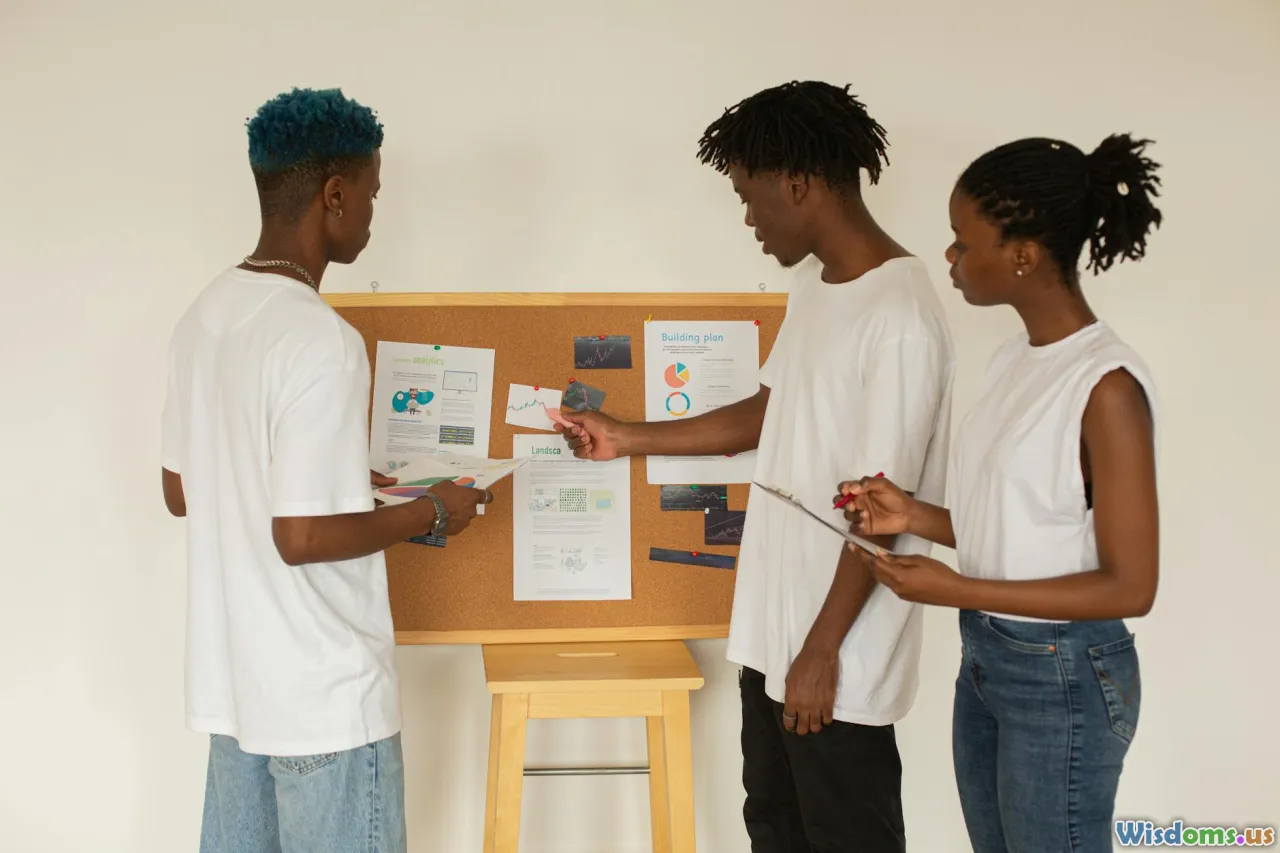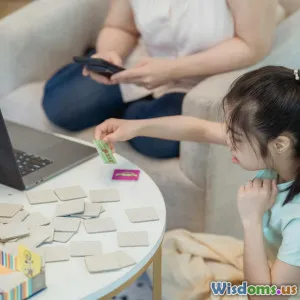
Innovative Learning Strategies for Modern Students
6 min read Explore cutting-edge learning strategies to enhance education for today's students with practical insights and tips. (0 Reviews)
Innovative Learning Strategies for Modern Students
In the rapidly evolving educational landscape, the need for innovative learning strategies has never been more critical. As students face an increasingly complex world, educators are tasked with adapting their teaching methods to foster engagement, retention, and a love for lifelong learning. This article explores several effective approaches that can transform the learning experience for modern students.
1. Gamification: Learning Through Play
Gamification involves incorporating game elements into the educational process to make learning more engaging. By adding elements like points, badges, and leaderboards, educators can motivate students to participate actively in their learning.
Benefits of Gamification:
- Increased Engagement: Gamified learning encourages students to take ownership of their education.
- Enhanced Motivation: Achievements and rewards can boost students' intrinsic motivation.
- Collaborative Learning: Many games promote teamwork and collaboration among students.
Example: Platforms like Kahoot! and Quizizz allow teachers to create interactive quizzes where students can compete against each other, fostering a fun yet educational environment.
2. Project-Based Learning (PBL)
Project-Based Learning is a student-centered approach where students gain knowledge and skills by working on a project over an extended period. This strategy emphasizes real-world applications of knowledge, making learning relevant and meaningful.
Benefits of PBL:
- Critical Thinking: Students learn to solve complex problems and think critically about real-world issues.
- Collaboration: Working in groups helps students develop teamwork and communication skills.
- Creativity: PBL encourages students to be innovative and creative in their approach to problem-solving.
Example: A class might undertake a project to design a sustainable garden, requiring research, planning, and teamwork to execute their vision.
3. Flipped Classroom Model
In the flipped classroom model, traditional learning is inverted. Instead of introducing new content in class and assigning homework, students first learn at home through videos or reading materials and then engage in hands-on activities or discussions in class.
Benefits of the Flipped Classroom:
- Personalized Learning: Students can learn at their own pace, reviewing materials as needed.
- Active Learning: Class time is dedicated to engaging with the material through discussions and practical applications.
- Better Teacher-Student Interaction: Teachers can focus on assisting students individually during class time.
Example: Educators can use platforms like Edpuzzle or YouTube to assign video lessons for homework, allowing for deeper discussions during class time.
4. Technology Integration
Incorporating technology into the classroom is essential for modern learners. This integration can take various forms, from using educational apps to enhance learning to employing virtual reality for immersive experiences.
Benefits of Technology Integration:
- Accessibility: Technology can provide resources and materials that cater to diverse learning needs.
- Interactive Learning: Tools like virtual simulations and educational games can make learning more interactive.
- Global Learning: Technology can connect students with peers worldwide, fostering global collaboration.
Example: Platforms such as Google Classroom facilitate communication and collaboration among students and teachers, making it easier to manage assignments and feedback.
5. Mindfulness and Social-Emotional Learning (SEL)
Incorporating mindfulness and SEL into education is crucial for developing well-rounded students. These practices help students manage their emotions, build resilience, and improve focus.
Benefits of Mindfulness and SEL:
- Improved Focus: Mindfulness practices can enhance students' ability to concentrate on their studies.
- Emotional Regulation: Teaching students to recognize and manage their emotions is vital for their social interactions.
- Positive Classroom Environment: SEL fosters empathy and understanding among students, creating a supportive learning environment.
Example: Programs like MindUP teach students mindfulness techniques that can be integrated into the school day, helping them become more aware and engaged learners.
Conclusion
As education continues to evolve, it is essential for educators to embrace innovative learning strategies that resonate with modern students. By leveraging techniques such as gamification, project-based learning, flipped classrooms, technology integration, and mindfulness, we can create engaging and effective learning environments that prepare students for the challenges of the future. These strategies not only enhance academic performance but also nurture a love for learning that lasts a lifetime.
Rate the Post
User Reviews
Popular Posts





















